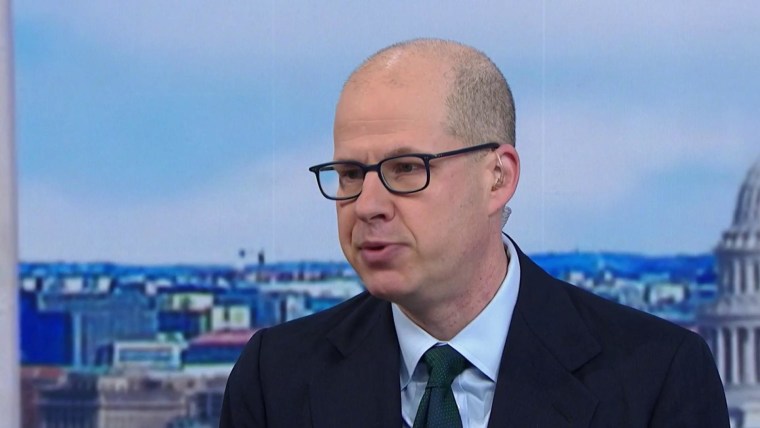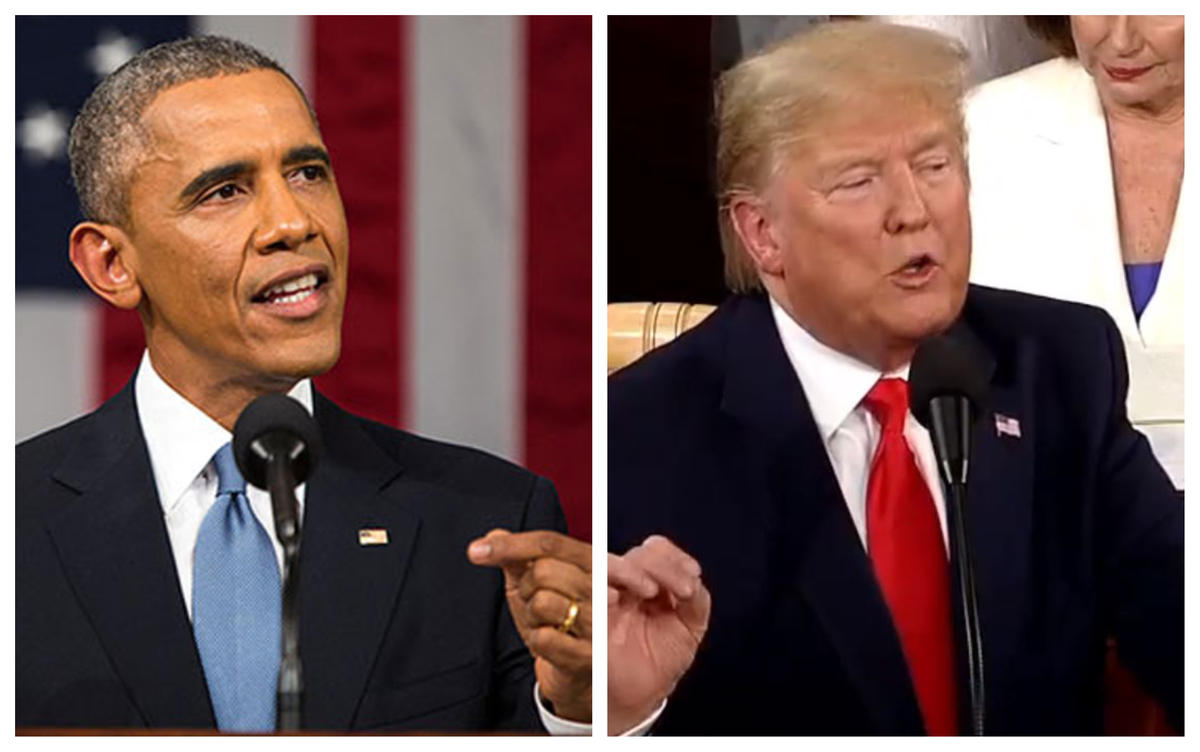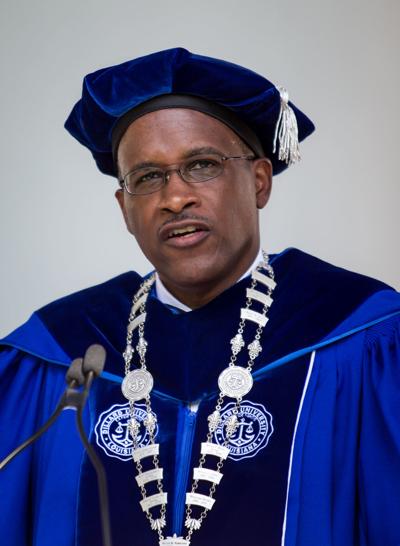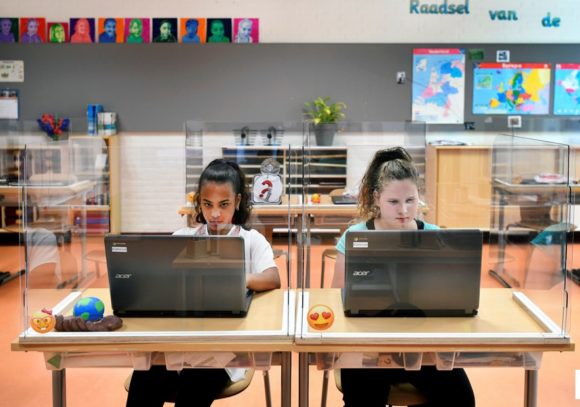 Max Boot
Max Boot
Dear Commons Community,
The Washington Post’s Max Boot imagined World War II taking a very different turn in his latest column concluding that if President Franklin D. Roosevelt had taken Trump’s approach, “this column would be in German.”
Boot, a conservative and a critic of President Donald Trump, suggested in amusing detail how the War would have played out had former President Franklin D. Roosevelt acted as Trump is currently doing amid the deadly coronavirus pandemic. Here is an excerpt:
“The 75th anniversary of the Allied victory over Nazi Germany got me thinking about how World War II might have turned out if President Franklin D. Roosevelt had acted like President Donald J. Trump.
Picture the scene a few months after Pearl Harbor. The first U.S. troops have arrived in England, and the Doolittle raiders have bombed Tokyo. But even though the war has just begun, the Trumpified FDR is already losing interest. One day he says the war is already won; the next day that we will just have to accept the occupation of France because that’s the way life is. He speculates that mobilization might be unnecessary if we can develop a “death ray” straight out of a Buck Rogers comic strip. He complains that rationing and curfews are very unpopular and will have to end soon. He tells the governors that if they want to keep on fighting, they will have to take charge of manufacturing ships, tanks and aircraft. Trumpy FDR prefers to hold mass rallies to berate his predecessor, Herbert Hoover. He even suggests that Hoover belongs in jail along with the leading Republican congressmen — “Martin, Barton and Fish.”
In reality, of course, Roosevelt focused with single-minded devotion on defeating the United States’ enemies until the day of his death. Old political battles and agendas fell by the wayside. “Dr. New Deal” had been transformed, he explained, into “Dr. Win-the-War.”
Trump, by contrast, cannot focus on a single subject for the length of a paragraph. So it is no surprise that he has already gotten bored with a war against the coronavirus that isn’t going his way. He is taking his cues not from FDR but from Sen. George Aiken, the Vermont Republican whose plan for the Vietnam War was summed up as “declare victory and get out.” In Trump’s case, that means getting Americans out of the home whether it’s safe to do so or not.
Coronavirus deaths are surging past 86,000 and unemployment claims past 36 million, but Trump sounded on Monday as if the pandemic is already over. “We have met the moment and we have prevailed,” he declared. It’s as if Roosevelt had declared Victory in Europe before D-Day…
…It remains to be seen whether the “very stable genius” will succeed in distracting the public. He has definitely distracted himself. The Post reports: “Trump has been distracted recently from managing the pandemic by fixating on Flynn and related matters, ranting in private about the Russia investigation, complaining about Comey and others in the FBI and making clear he wanted to talk in the run-up to the election about law enforcement targeting him, according to one adviser who spoke with the president last week.”
Was für ein Präsident!
Tony











